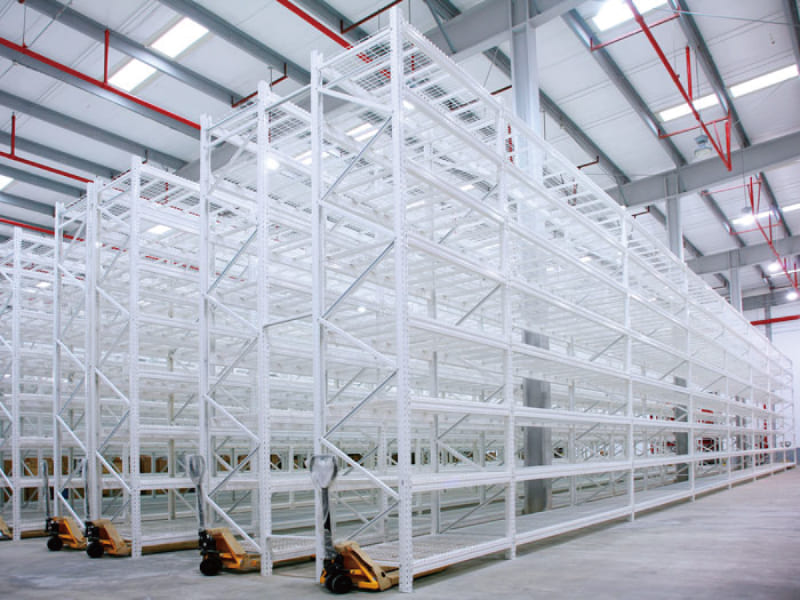Call Us :8615298359310
Call Us :8615298359310
Selective pallet racking is designed to allow direct access to each pallet position from the aisle.
This system is the most commonly used racking solution in warehouses.

Understanding Selective Pallet Racking
Selective pallet racking allows for easy loading and unloading of pallets without moving other pallets.
Advantages of Selective Pallet Racking
Selective pallet racking offers several advantages, making it a popular choice among warehouse operators:
Selective pallet racking utilizes vertical space effectively while maintaining a straightforward component profile.
In contrast, systems such as push-back require more vertical clearance between pallets, potentially wasting space.
While selective pallet racking is advantageous, certain scenarios may necessitate the consideration of alternative racking solutions.
For warehouses with a high volume of limited SKUs, the demand for selective access may diminish. In such cases, deep storage systems can be more spatially efficient, offering a better fit for inventory needs.
Effective inventory management practices such as FIFO (first-in-first-out) and FILO (first-in-last-out) can be cumbersome with selective pallet racking. Systems like drive-in racking excel at FILO management, while pallet flow systems are tailored for FIFO, thus streamlining inventory processes.
In instances where very tall racking is required, deep storage solutions generally provide greater stability. Selective systems may face height limitations, as they are rarely seen exceeding 30 feet.
In terms of scale with racking system involves a sweeping evaluation based on specific needs and conditions:
The dimensions of your warehouse play a crucial role in determining the best racking system. Large warehouses may benefit from selective pallet racking for its flexibility, while smaller spaces may require more compact solutions.
Evaluate the nature of your inventory. High turnover rates with a diverse product mix favor selective pallet racking, while stable inventory with limited SKUs could lead to better efficiency with deep storage systems.
Consider how frequently pallets will be accessed. If quick and easy access is a priority, selective pallet racking is advantageous. Conversely, for bulk storage where pallets are accessed less frequently, deep storage might be more efficient.
The type of forklifts used in your operations can influence your racking choice. Standard counterbalanced forklifts work well with selective racking, while other systems may require specialized equipment. Ensure there is adequate aisle space for safe maneuvering.
Copyright © 2024 Jiangsu VISON Logistics Technology Co., Ltd. All Rights Reserved.  Network Supported
Network Supported
Sitemap | Blog | Xml | Privacy Policy